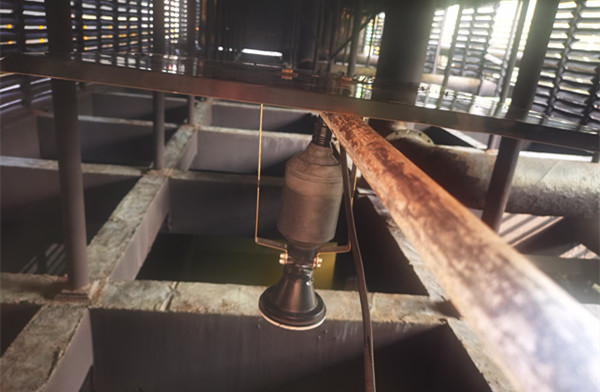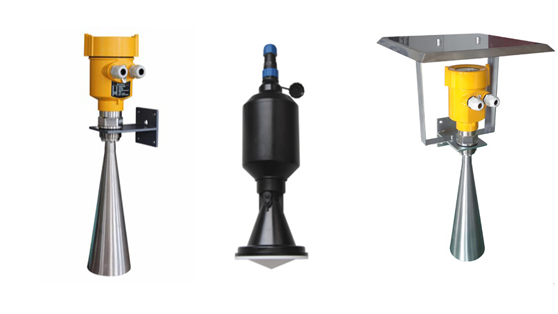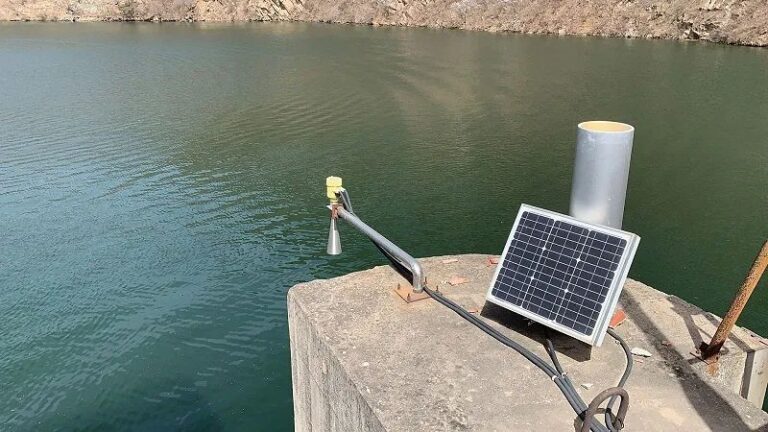The use of radar water level meters in ditches is an important advancement in measurement technology today. Water level measurement plays an important role in water resource management and governance, and therefore ditch measurements are important to ensure proper water flow and accurate measurement of water flow. Radar water level meters are ideal for ditch measurements as they can achieve high accuracy and stability in ditches.

The difficulty of ditch measurement lies in the fluctuation of water volume and the variability of the measurement environment. During the measurement process, changes in the cross-sectional shape of the ditch and the velocity of the water flow can have an impact on the reading of the water level meter.
In order to measure the water level in a ditch, the traditional method requires adjusting the reading to account for these factors, which can lead to a complex and error-prone measurement process.
Radar water level meters, on the other hand, are highly adaptive and can automatically adapt to different measurement environments, thus providing better accuracy and stability for applications in ditches.

Here is a practical measurement example: In a turbulent ditch, a technician uses a radar water level meter to measure the water level in order to obtain accurate flow data.
The water level meter is installed at the bottom of the trench and its radar signal determines the water level by measuring reflections from the surface and bottom of the water.
Through data analysis, technicians can not only obtain accurate water level data but can also quickly calculate flow and flow rate data based on their measured water level data.
Due to the high adaptive capability of the radar water level meter, technicians are not affected by ditch fluctuations and the measurement environment during the actual measurement process.
Moreover, by using radar water level meter measurement, technicians save a lot of time and human resources to complete accurate measurement work, whose accuracy and reliability exceed that of traditional water level meter measurement work.

In a practical measurement case, the main water source of a hydropower plant comes from a ditch in a mountainous area. In order to accurately calculate the amount of water coming in, the technical staff of the hydropower plant used a radar hydrometer to measure the water level in the ditch.
They placed the radar level meter in the deep water of the ditch section to ensure accurate measurements. By continuously measuring and analyzing the data, they are able to more accurately predict water level fluctuations and adjust the output of the water unit in time to ensure adequate power supply.
Because the radar water level meter has an intelligent measurement system, technicians can access real-time data via the cloud and quickly analyze and process the information to keep the power plant units in optimal working condition.
By using the radar water level meter for water level measurement, technicians can calculate the incoming water more accurately, optimize the efficiency of the hydropower plant and ensure a stable and reliable power supply. This case once again proves the reliability and superiority of radar water level meters in trench measurement.
Hydropower plants require a large amount of incoming water data, so the accuracy and stability of water level meters are very important for hydropower plant operations. Radar water level meters not only meet these requirements but also provide real-time data and a highly automated measurement system, providing powerful support for hydropower plant operation and management.

In conclusion, radar water level meter has wide application prospect in ditch measurement. By adopting the new generation technology, the measurement accuracy is high, the measurement process is intelligent, and the measurement data can be transmitted back in real-time in the cloud, which provides strong technical support for the scientific management and protection of water resources.
